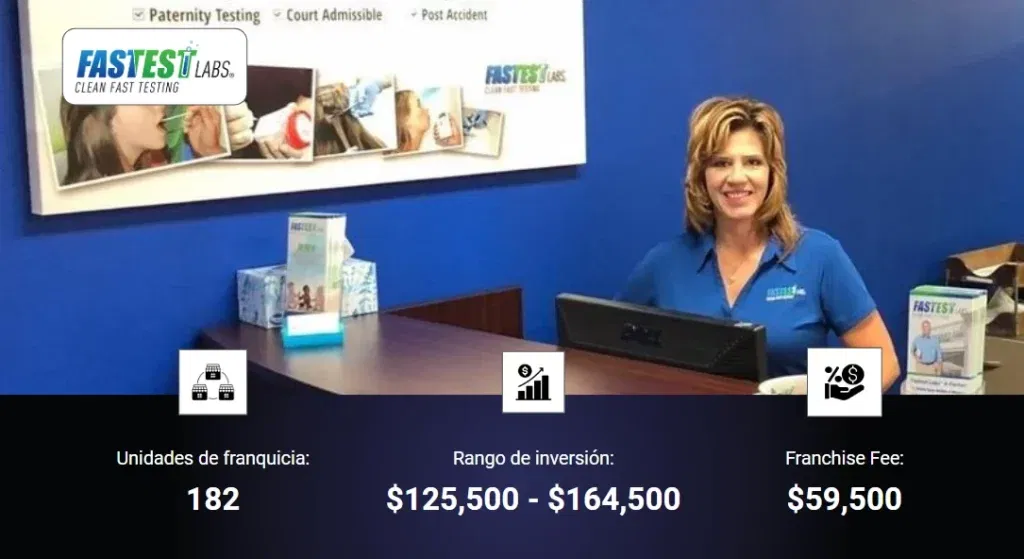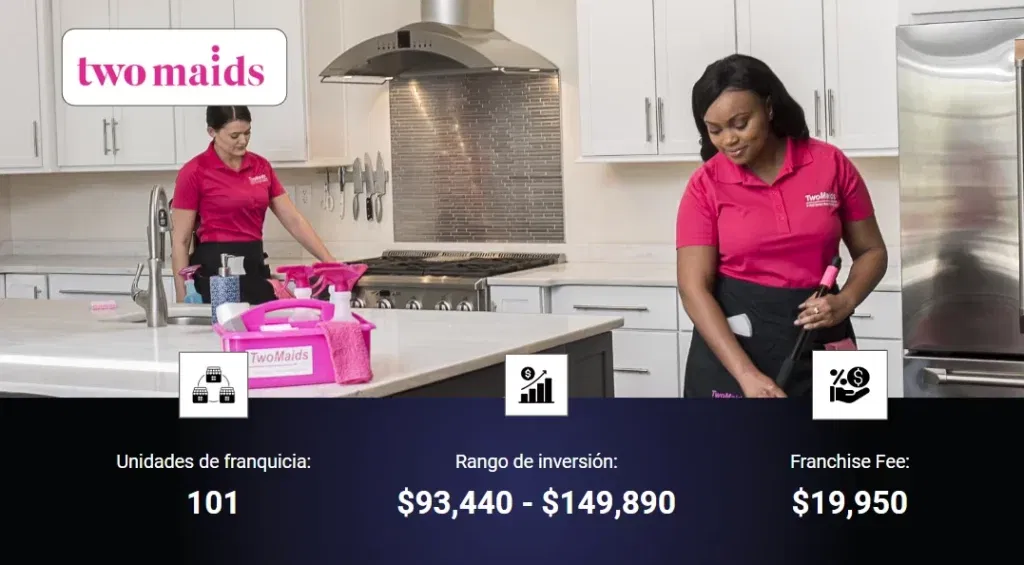In the world of franchising, there are various models that adapt to the needs and time availability of investors. Among these models, semi-passive franchises have gained popularity due to the flexibility they offer. In this article, we’ll explore in detail what a semi-passive franchise entails, the structures needed to make them work efficiently, and examples of successful franchises in this format.
What is a semi-passive franchise?
Before we go into detail about specific examples, it’s important to understand what a semi-passive franchise model entails. This type of franchise is characterized by the fact that the investor owner dedicates 10 to 15 hours a week to the business. The main activities are more of general management and supervision of administration and finance.
Learn more about this business model in the video we share below:
Structure Needed for a Semi-Passive Franchise
For a semi-passive model to work, an employability structure of at least two levels is needed: operational and managerial. This structure ensures that the business can operate efficiently and effectively, even with the limited presence of the owner.
Operational Level:
The operational level includes the staff who are in charge of daily activities and direct contact with customers. These personnel are essential to the day-to-day operation of the franchise and may include roles such as:
- Customer Service Staff: In charge of receiving customers, resolving their doubts and providing them with direct assistance.
- Operators and technicians: Responsible for the execution of the services or products offered by the franchise. For example, in a cleaning franchise, these would be the cleaners; In an educational franchise, they would be the instructors.
- Support Staff: It includes roles such as maintenance, logistics, and other services necessary for the day-to-day operation of the franchise.
Management level:
The managerial level is made up of supervisors and managers who have the responsibility of ensuring that all operations are carried out properly and efficiently. These roles include:
- General Manager: Responsible for the total supervision of the business. This role involves strategic decision-making, human resource management, supplier relations, and the implementation of policies and procedures.
- Supervisors: Responsible for supervising operational staff, ensuring that established procedures are followed and quality standards are met. Supervisors may also be in charge of staff training and day-to-day problem-solving.
- Accountants and administrators: They handle the finances and administration of the business, including accounting, budgeting, and payroll management.
This two-tier structure allows the owner to focus on strategic management and overall oversight, spending less time on day-to-day operations. The key to the success of a semi-passive franchise lies in having a well-trained and reliable team at both levels, which allows maintaining the quality of service and operational efficiency.

Examples of semi-passive franchises
Snapology Franchise

This franchise is dedicated to offering educational classes using toys and advanced technologies such as robotics. It is aimed at children from 4 years old to high school and has three investment models: Mobile Model, where classes are taught in different places without a fixed location and is not semi-passive; Classroom model, which consists of a fixed room where classes are taught; and Modelo Center, a mini-school with several classrooms, teaching staff and a general director, this being the ideal model for semi-passivity.
The investment required for this franchise varies between $73,650 and $611,800. The average annual gross turnover stands at $220,000. In 2022, 6 units were closed and 16 new units were opened in 2023.
Fastest Labs Franchise

This franchise offers drug, alcohol, and DNA tests with proprietary technology and software that deliver results in less than 24 hours. It has a strong B2B component, working mainly with companies and the judiciary.
The investment varies depending on the specific franchise model. The average annual gross turnover is $100,000. In the last year, 80 new units have been opened, showing rapid growth and high demand in the market.
Two Maids Franchise

This residential cleaning franchise is ideal for semi-passive models. Although it is recommended that the owner be involved for the first 9 to 12 months, they can then delegate management to a general manager.
The average annual turnover varies depending on the group to which the unit belongs: the first group has a turnover of around $900,000; the second group, $500,000; the third group, $200,000; and the fourth group, $50,000. In addition, 80% of customers are recurring, which ensures a solid and stable revenue base.
*Data as of the date of publication of this article
*Values expressed in US dollars
Semi-passive franchises offer an excellent opportunity for investors looking to balance their time and earn good returns. With a proper structure and the right business model, you can achieve an efficient and profitable operation.
If you are interested in learning more about this type of franchise or have any questions, CONTACT US! At Interlink FBC we are ready to help you make the best decision for your investment.




